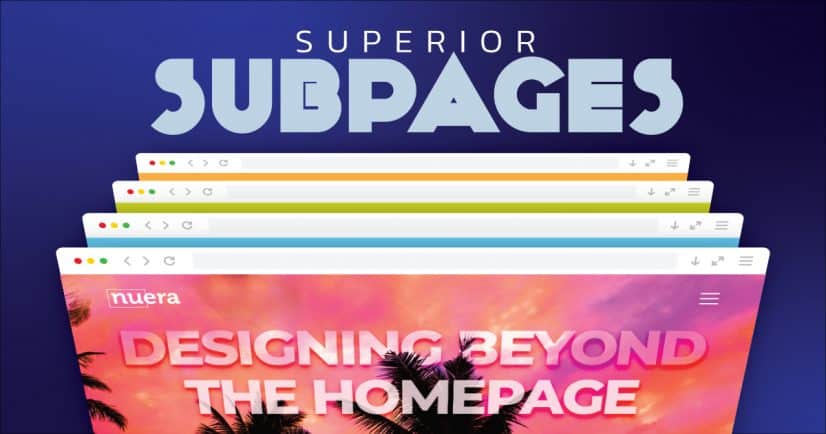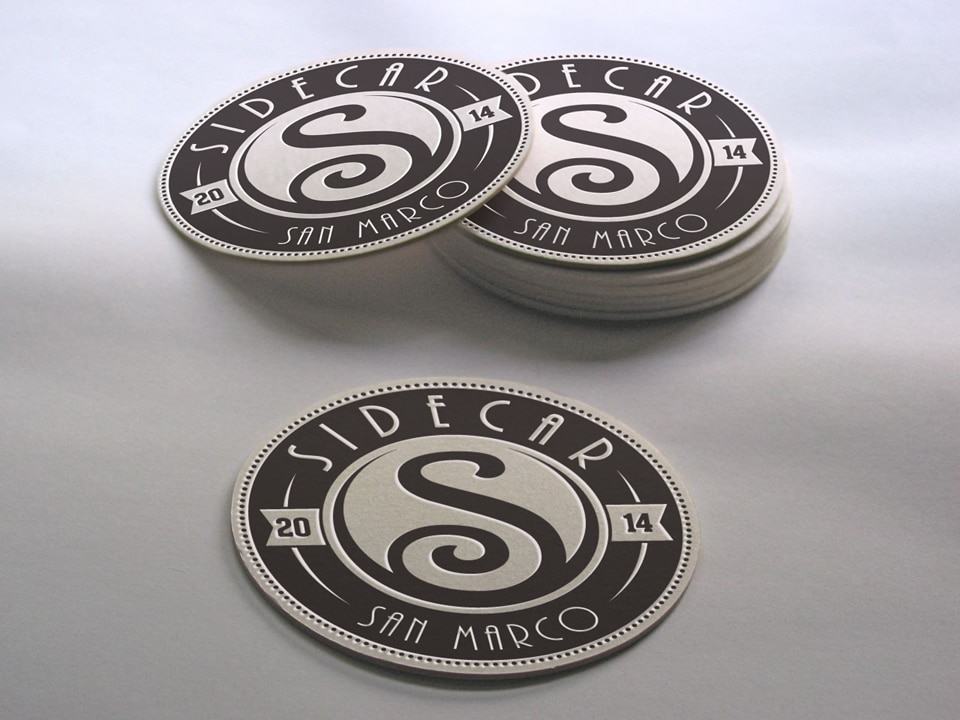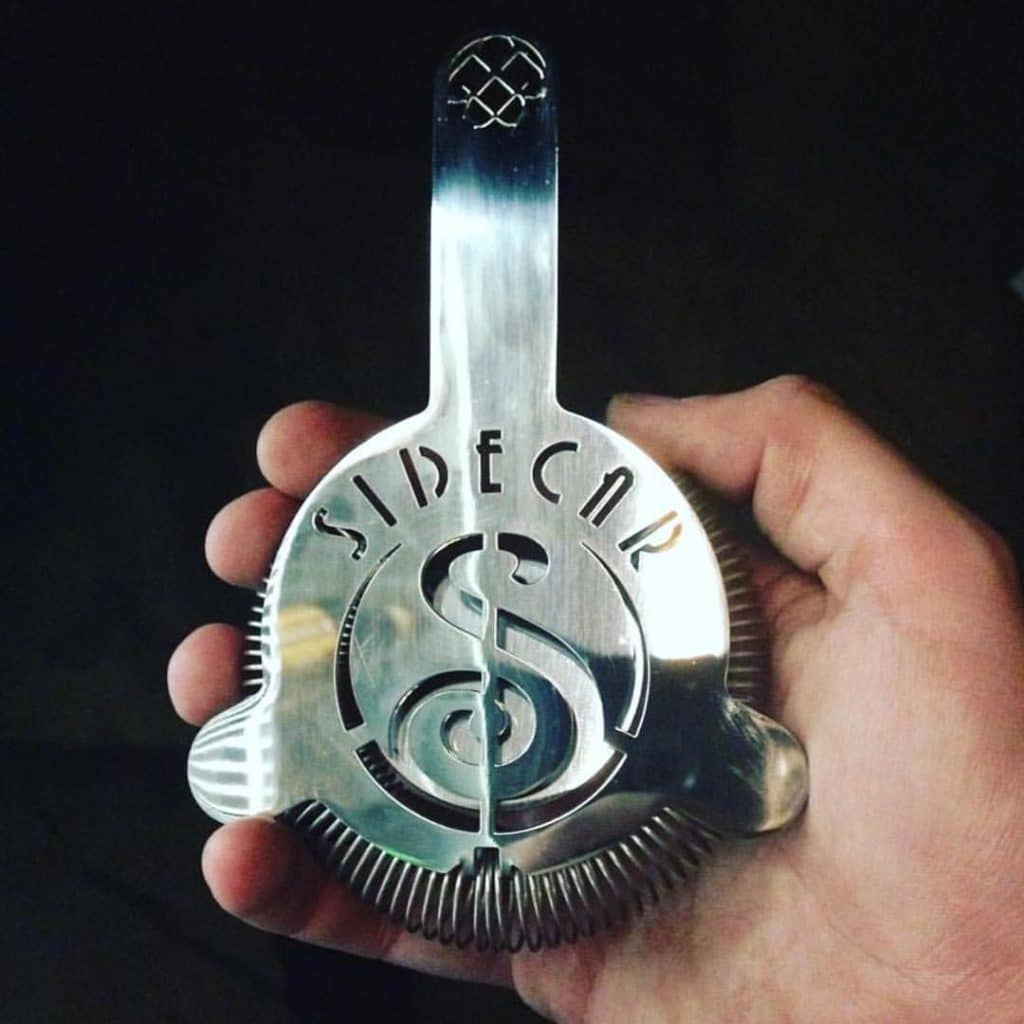There are a variety of criteria to consider when assessing the strength/health of a website design. Very often we find beautiful homepage designs that provide a great first impression but fail to deliver below the fold or into the website’s subpages. This trend seems to affect designers in all echelons of our industry and is surprisingly pernicious, so that’s what we want to address in this post.
Poor subpage design is, unfortunately, all too common in the web design industry. Indeed, a website’s subpages are in many ways even more important to a site’s success than many designers and developers readily acknowledge. Since opening Nuera, we’ve always observed the need to go the extra mile in everything we do and thinking beyond the homepage is among our agency’s most valued principles. In this article we’ll explore the importance and pitfalls of subpage design, and arm you with the knowledge of what to expect from the website design process.
What Makes a Great Homepage?
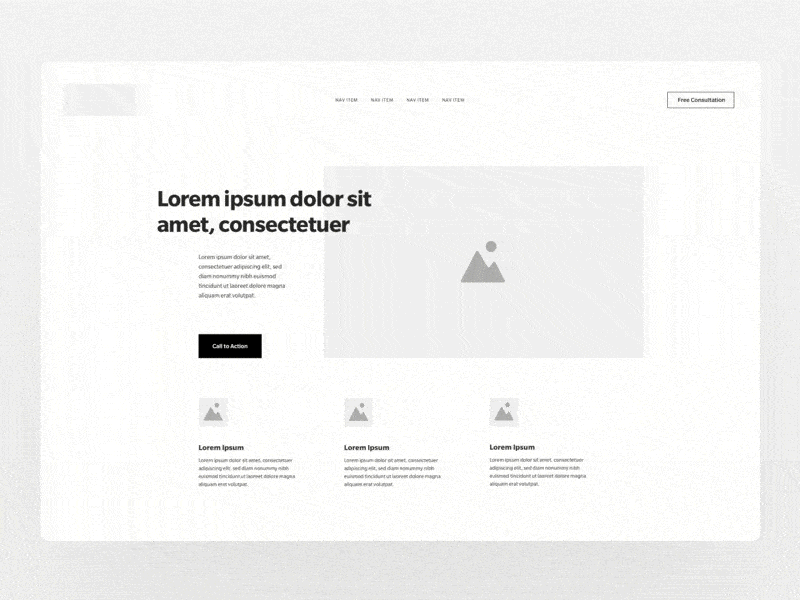
Homepage UIX Animation by JT Grauke
Before we can look at what makes or breaks a website’s subpages, we must first define what makes a great homepage as these principles frequently apply across the entire site. In most cases, your homepage should be a content-rich landing point that gives your audience all that they need to know about your brand from the top down.
A well-designed homepage should:
- Immediately define your brand’s high level offerings and points of unique value
- Exemplify your audience’s desired future state
- Deliver a structured narrative about your brand’s product/service divisions
- Feature thoughtful design all the way down the page and not just above the fold
- Funnel the user to strong and value-driven calls-to-action
Where Do Some Web Projects Fall Flat?
If we were to frame the task of building a website as a footrace, getting client sign-off on a homepage design is only two or three steps past the starting line. Yet, so often, web teams will pat themselves on the back and call it a day when the vast amount of that race is still ahead of them. It’s not to say these designers are lazy, but many fail to accommodate the larger idea that building a website that delivers is a marathon, not a sprint.
Some common subpage offenses include:
- Working as if the user experience ends on the homepage
- Building from generic templates that don’t apply to the nuances of that subpage’s content
- Ignoring that subpages should themselves often serve as landing pages and conversion points
- Creating phantom pages/navigation that lack meaningful content
- Forfeiting the bulk of a site’s SEO value by not fully optimizing each subpage
- Forgetting that calls-to-action are important site-wide if the site is to deliver on common KPI’s
Superior Subpages: The Nuera Difference
So we arrive at the heart of the matter - how we approach a website’s informational and experiential value through meaningful subpage design. To do this, why don’t we dissect one of the web’s most commonly ignored pages?
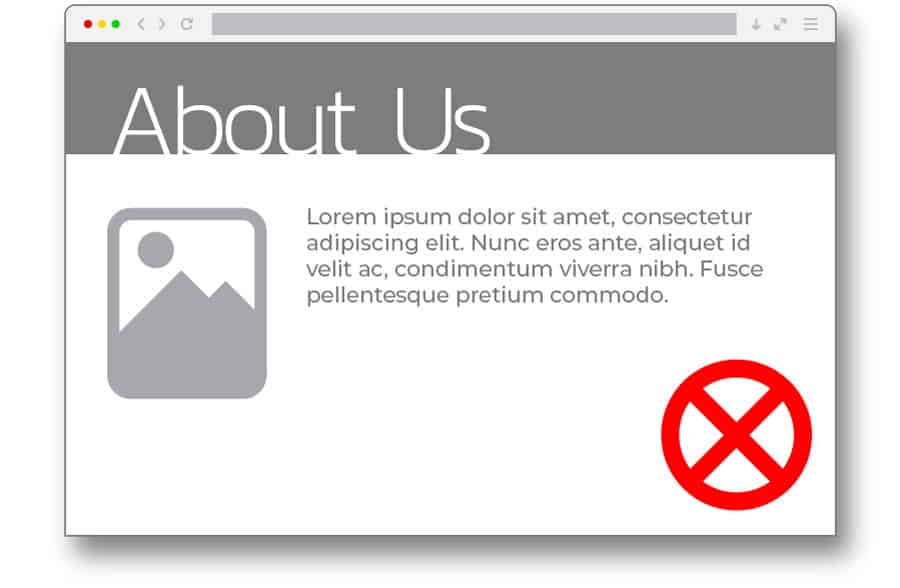
We've all seen it -- an About page that might as well just read "Coming Soon".
Probably the most universally overlooked subpage is a site’s About page. If designed well, the page almost always includes the origin of the company or its founders, history of operations, and where the company is headed. But we all regularly visit small businesses' websites that feature some embarrassingly short paragraph providing no sense of company culture and swimming in a sea of empty space.
Why is this? It’s not as if this task requires the development of an advanced functionality -- it’s that it requires an entirely different kind of design thinking than almost any other page on the website. A proper bio should be crafted by a copywriter who has experience pulling a compelling narrative out of an otherwise dry event. This is a page where value cannot be replaced by one’s knowledge of graphic design or advanced coding abilities. Being able to pivot from graphic pages to development-heavy pages to story-focused pages is incredibly important, and it is our charge as creative storytellers to rise to that challenge.
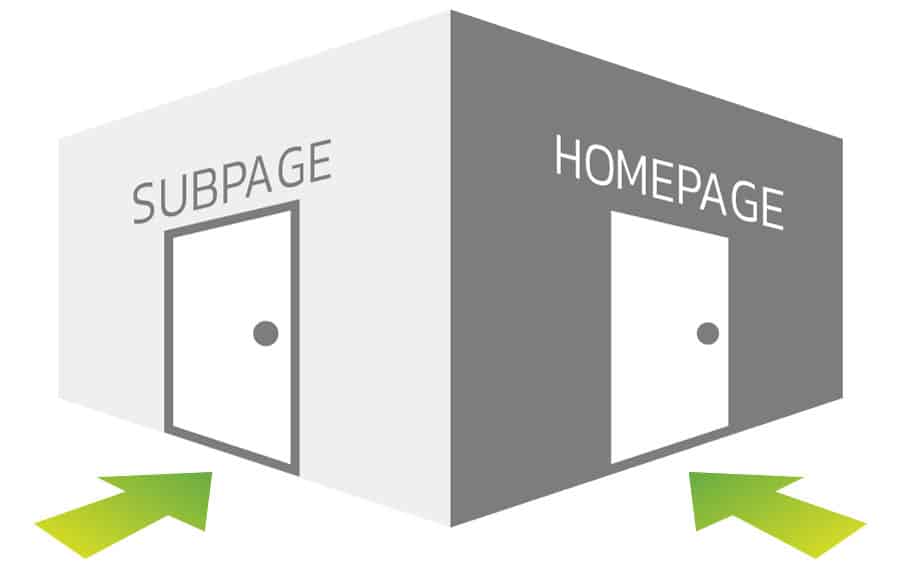
Remember, your website has many entrances - not simply the homepage.
Beyond missing content entirely, we also see pages that do not accommodate the way search engines prefer to refer traffic. If you type “Dinosaur Exhibit” into Google, it might pull up anything from your local natural history museum to a news article on the subject. But what Google will always do is send you to the relevant page - not that website’s homepage. If a website fails to contextualize their brand in some way on every subpage, who knows how much attention or traffic could be lost simply by ignoring the fact that your website requires multiple strong points of entry.
Some of the ways that we ensure every page on a website stands out include:
- Thinking of every subpage as a unique opportunity to reinvest your audience in your brand or educate them about the fine details of a given service.
- Designing each subpage to serve as its own landing page. This should include everything your audience could possibly want to know about this subdivision of your brand, plus anything else that might be tangentially relevant.
- Providing a variety of opportunities to link users to related pages. This will serve to further educate your audience and reduce analytic bounce rates on your pages.
- Rich media, custom web apps, or unique features that might be better suited to a specific subpage than to the homepage. This could include anything from a media-rich food menu or an ecommerce section.
Simply stated, don’t let your brand rest on its laurels when it comes to your website. From reduced bounce rates and improved search rankings to increased engagement and on-site conversions, you should expect all of your website’s pages to deliver for your brand. It’s our hope that this glimpse into our philosophy on the matter is not only helpful, but gives you a better sense of what to look for when deciding whom to work with on your next web project.
